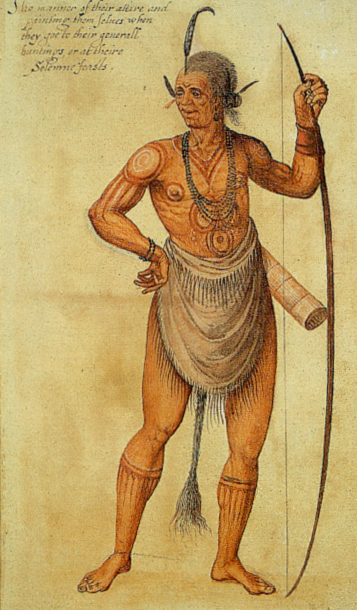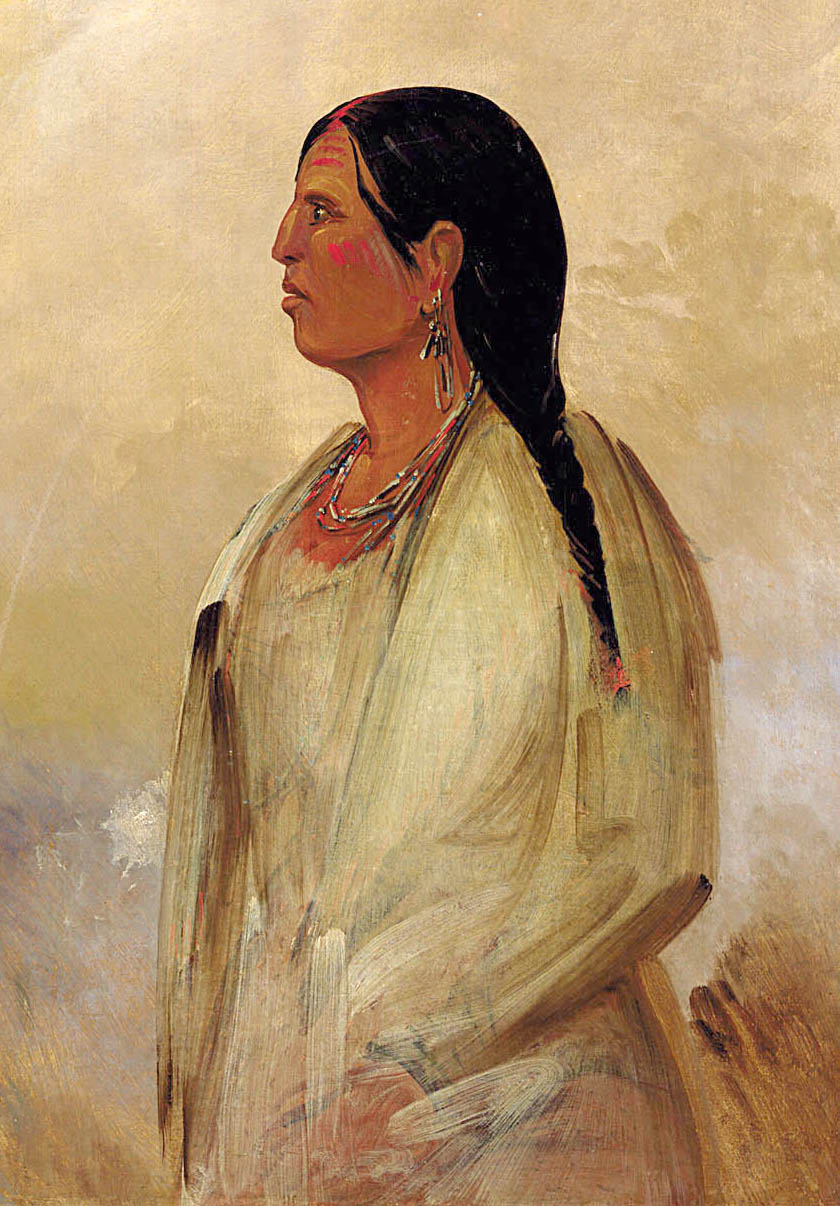|
Neusiok
The Neusiok were an Indigenous people of the Southeastern Wooodlands in present-day North Carolina. They were also known as the Neuse Indians. Territory The Neusiok lived along the southern banks of the Neuse River, primarily in what are now Craven and Carteret counties.John Reed Swanton, ''The Indian Tribes of North America'', p. 82. Their village, Chattooks, was near what is now New Bern, North Carolina. Language Their language is unattested but may have been an Algonquian or Iroquoian languageJohn Reed Swanton, ''The Indian Tribes of North America'', p. 82. History English explorers Philip Amadas and Arthur Barlowe wrote about the Neusiok in their 1584 expedition. In one account, Wingina, Weroance of the Secotan ( Roanoke), explained his own tribal history, in relation to the Neusiok, his neighboring tribe, referred to as the "Neiosioke" by Barlowe. According to Wingina, the Secotans endured years of warfare with the Neiosioke, and "some years earlier," he met with ... [...More Info...] [...Related Items...] OR: [Wikipedia] [Google] [Baidu] |
Neuse River
The Neuse River ( , Tuscarora: Neyuherú·kęʔkì·nęʔ) is a river rising in the Piedmont of North Carolina and emptying into Pamlico Sound below New Bern. Its total length is approximately , making it the longest river entirely contained in North Carolina. The Trent River joins the Neuse at New Bern. Its drainage basin, measuring in area, also lies entirely inside North Carolina. It is formed by the confluence of the Flat and Eno rivers prior to entering the Falls Lake reservoir in northern Wake County. Its fall line shoals, known as the ''Falls of the Neuse'', lie submerged under the waters of Falls Lake. This River also creates the beauty of the Neuse River Trail, a long greenway that stretches from Falls Lake Dam, Raleigh, North Carolina to Legend Park, Clayton, North Carolina. Geography The Neuse begins at the confluence of the Flat and Eno rivers near Durham, North Carolina. The river enters Pamlico Sound just east of Maw Point Shoal near Hobucken, North Carolina ... [...More Info...] [...Related Items...] OR: [Wikipedia] [Google] [Baidu] |
Secotan
The Secotans were one of several groups of American Indians dominant in the Carolina sound region, between 1584 and 1590, with which English colonists had varying degrees of contact. Secotan villages included the Secotan, Aquascogoc, Dasamongueponke, Pomeiock (Pamlico) and Roanoac. Other local groups included the Chowanoke (including village Moratuc), Weapemeoc, Chesapeake, Ponouike, Neusiok, and Mangoak (Tuscarora), and all resided along the banks of the Albemarle and Pamlico sounds. They spoke Carolina Algonquian language, an Eastern Algonquian language. Background In the Carolinas, colonization did not exist as a straight-line transition, from Native American to European rule. A rivalry marked the relationship between the two European powers, the English and the Spanish. Rivalries also existed between the Native American groups. Additionally, the Europeans often found themselves caught in the middle of conflicts, which existed between Native American groups. Each grou ... [...More Info...] [...Related Items...] OR: [Wikipedia] [Google] [Baidu] |
Wingina
Wingina ( – 1 June 1586), also known as Pemisapan, was a Secotan weroance who was the first Native American leader to be encountered by English colonists in North America. During the late 16th century, English explorers Philip Amadas and Arthur Barlowe explored the region inhabited by Wingina, detailing conflicts between Wingina's tribe, the Secotan and a rival tribe known as the Neusiok. When English colonization of the region began, relations between the colonists and the Secotan quickly broke down. On 1 June 1586, in an effort to gain more stocks of food for the fledgling colony, Sir Ralph Lane led an unprovoked attack on the Secotan; Wingina was decapitated during the attack by one of Lane's men. Life Before the first English settlement on Roanoke Island, Philip Amadas and Arthur Barlowe explored the area (April 27, 1584) on behalf of Raleigh, who had received an English charter to establish a colony a month earlier. During their expedition, Barlowe took detailed notes r ... [...More Info...] [...Related Items...] OR: [Wikipedia] [Google] [Baidu] |
Indigenous Peoples Of The Southeastern Woodlands
Indigenous peoples of the Southeastern Woodlands, Southeastern cultures, or Southeast Indians are an ethnographic classification for Native Americans who have traditionally inhabited the area now part of the Southeastern United States and the northeastern border of Mexico, that share common cultural traits. This classification is a part of the Eastern Woodlands. The concept of a southeastern cultural region was developed by anthropologists, beginning with Otis Mason and Frank Boas in 1887. The boundaries of the region are defined more by shared cultural traits than by geographic distinctions.Jackson and Fogelson 3 Because the cultures gradually instead of abruptly shift into Plains, Prairie, or Northeastern Woodlands cultures, scholars do not always agree on the exact limits of the Southeastern Woodland culture region. Shawnee, Powhatan, Waco, Tawakoni, Tonkawa, Karankawa, Quapaw, and Mosopelea are usually seen as marginally southeastern and their traditional lands represent the b ... [...More Info...] [...Related Items...] OR: [Wikipedia] [Google] [Baidu] |
Indigenous People Of The Southeastern Wooodlands
Indigenous peoples of the Southeastern Woodlands, Southeastern cultures, or Southeast Indians are an ethnographic classification for Native Americans who have traditionally inhabited the area now part of the Southeastern United States and the northeastern border of Mexico, that share common culture, cultural traits. This classification is a part of the Eastern Woodlands. The concept of a southeastern cultural region was developed by anthropologists, beginning with Otis Mason and Frank Boas in 1887. The boundaries of the region are defined more by shared cultural traits than by geographic distinctions.Jackson and Fogelson 3 Because the cultures gradually instead of abruptly shift into Plains, Prairie, or Northeastern Woodlands cultures, scholars do not always agree on the exact limits of the Southeastern Woodland culture region. Shawnee, Powhatan, Waco tribe, Waco, Tawakoni, Tonkawa, Karankawa people, Karankawa, Quapaw, and Mosopelea are usually seen as marginally southeastern and t ... [...More Info...] [...Related Items...] OR: [Wikipedia] [Google] [Baidu] |


